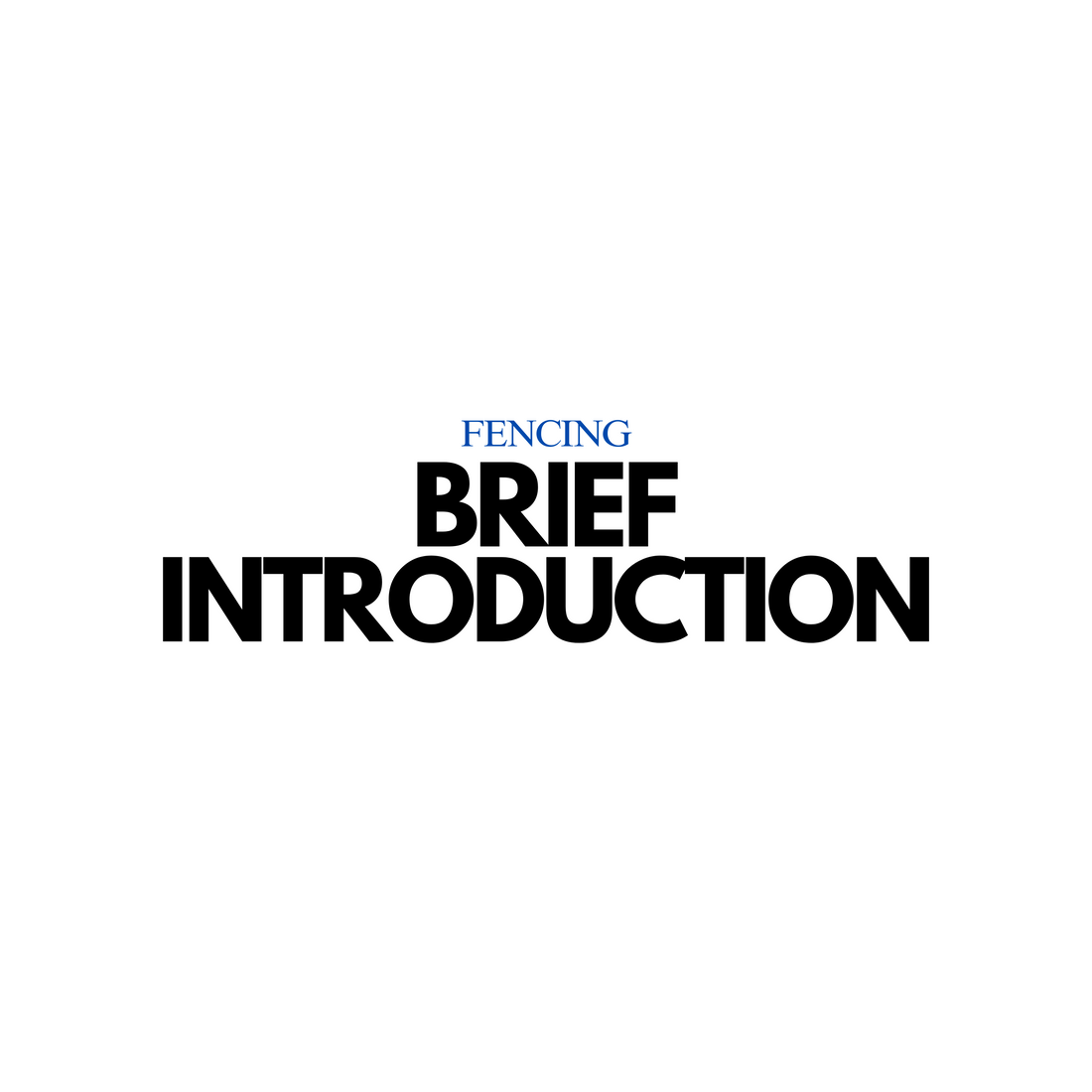
A Very Brief Introduction To Fencing
Share
Fencing is a dynamic and strategic combat sport that involves two competitors using swords to score points by touching their opponent with the tip or blade. It combines physical agility, mental focus, and tactical thinking. The sport has deep historical roots, with origins in duels and military training. Today, it is practiced both recreationally and competitively around the world.
________________________________________________________________________________________________
Key Components of Fencing:
Weapons: There are three types of weapons used in fencing, each with its own set of rules:
Foil: A light, flexible weapon with a smaller target area. The valid target is the torso, including the back and chest, but excluding the arms and head.
Épée: A heavier weapon with a larger target area. In épée fencing, the entire body is a valid target, and points are scored by hitting anywhere on the opponent.
Sabre: A cutting weapon used in both slashes and thrusts. The target area includes the entire body above the waist, including the head and arms.
Rules and Scoring:
Points are awarded when a fencer successfully touches their opponent with their weapon in the valid target area.
Fencing is often conducted in timed rounds, and the fencer with the most points at the end of the match wins.
Fencing also emphasizes "right of way" (the priority of attack), particularly in foil and sabre. The fencer who initiates the attack or demonstrates control of the offensive action has the advantage.
Stance and Footwork: Fencers use precise footwork and positioning to close distance, evade attacks, and counterstrike. Common footwork includes:
Advance: Moving forward.
Retreat: Moving backward.
Lunge: A sudden forward thrust, extending the weapon to score a touch.
Protective Gear: Fencers wear specialized gear to protect themselves from injury. This includes:
Mask: To protect the face and head.
Jacket or Lamé: A metallic jacket worn in foil and sabre to detect valid touches.
Gloves and Underarm Protector: To guard the hands and arms.
Plastron: A padded undergarment worn under the jacket for extra protection.
Mental Aspects of Fencing:
Fencing is often called a "physical chess" due to the strategic thinking involved. Success in fencing depends not only on speed and technique but also on anticipating the opponent’s moves, staying unpredictable, and reacting quickly to changes in the bout. The mental aspect involves concentration, focus, and adapting to the opponent's style throughout the match.
________________________________________________________________________________________________
Fencing in Competition:
Fencing is a popular sport in the Olympic Games, and there are national and international competitions held regularly. Fencers compete individually or in teams, with various levels of experience ranging from beginners to elite athletes.
__________________________________________________________________________________
Conclusion:
Whether you are looking for a challenging individual sport, a way to develop quick reflexes, or simply want to try something new, fencing offers an exciting combination of athleticism, strategy, and tradition. Whether you're a beginner or experienced fencer, the sport's rich history and evolving techniques make it a rewarding pursuit.
